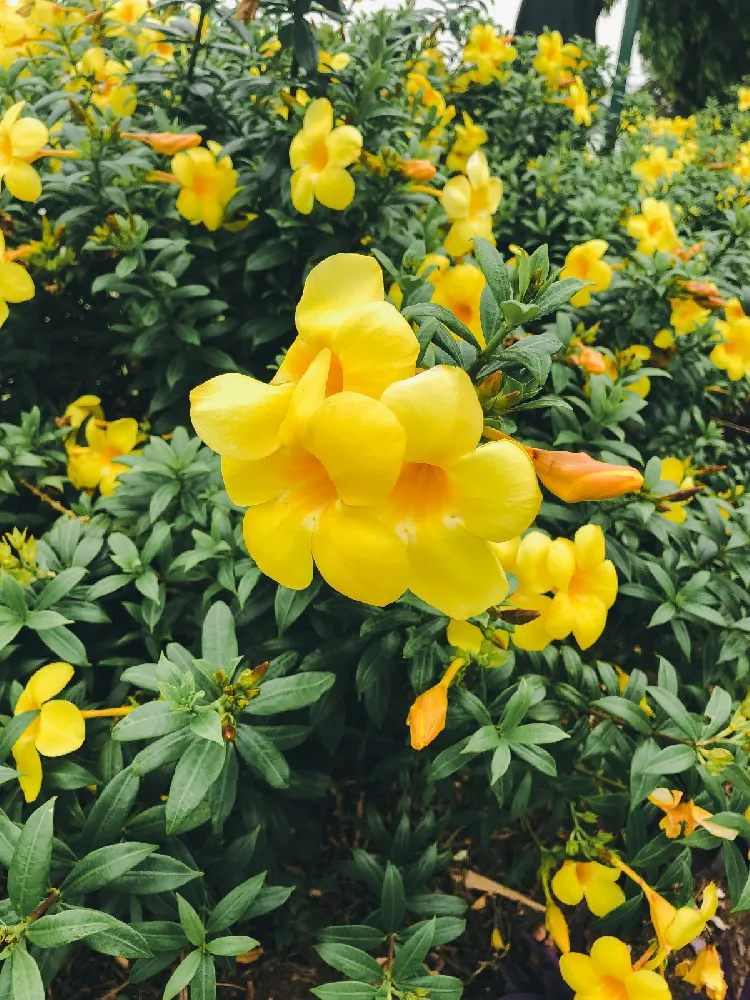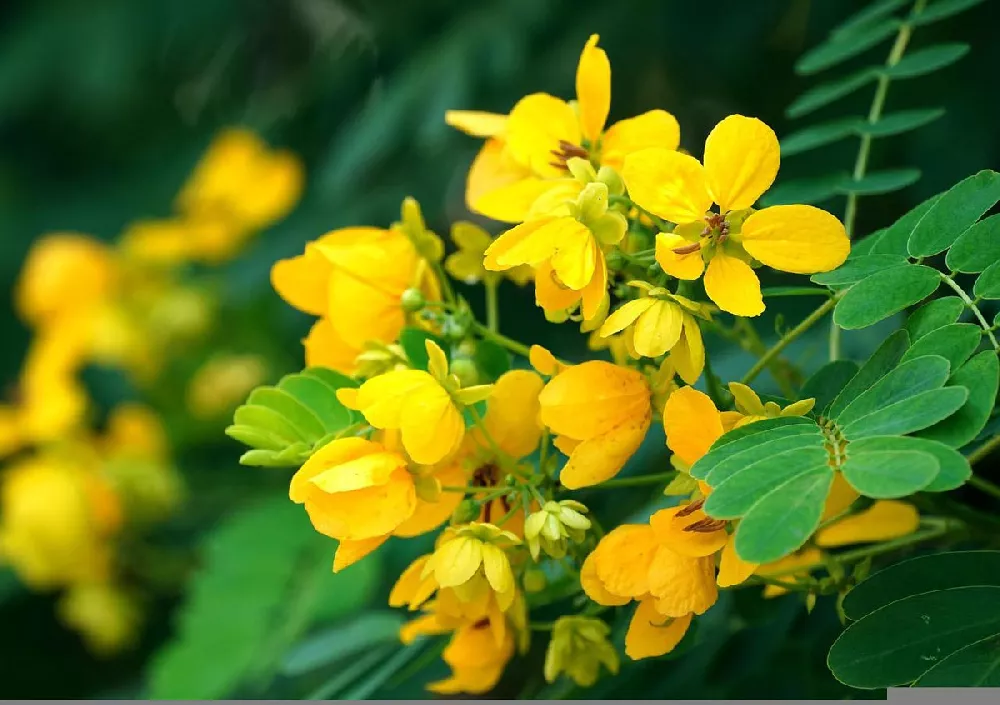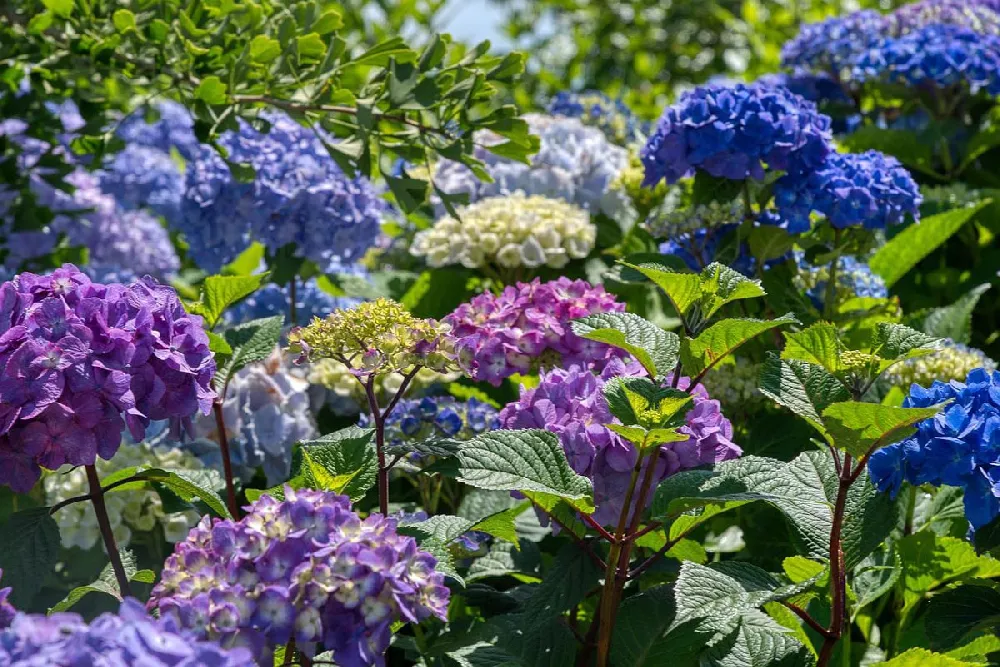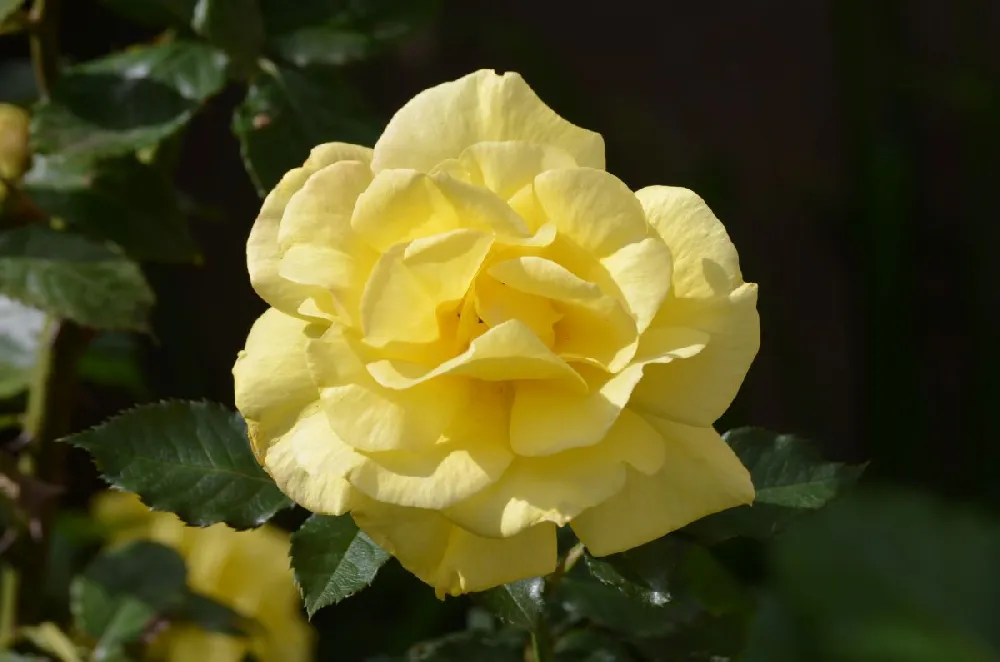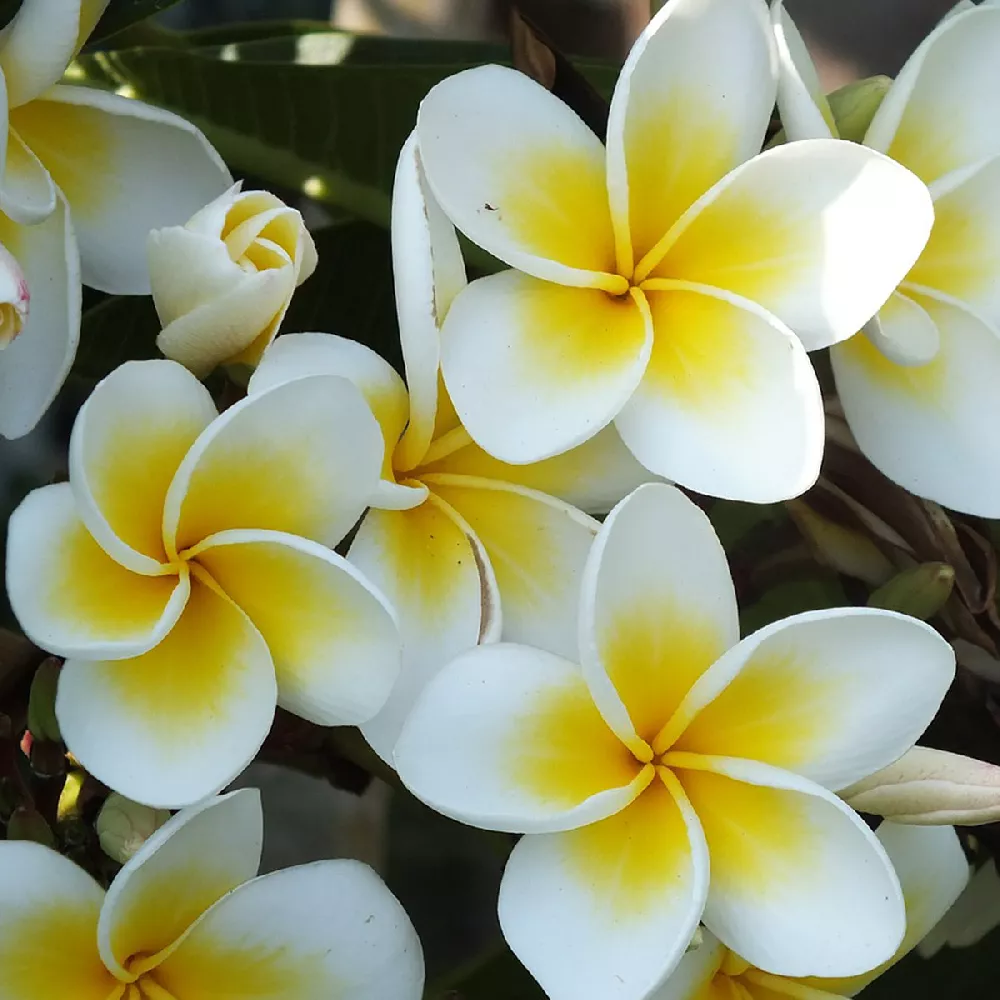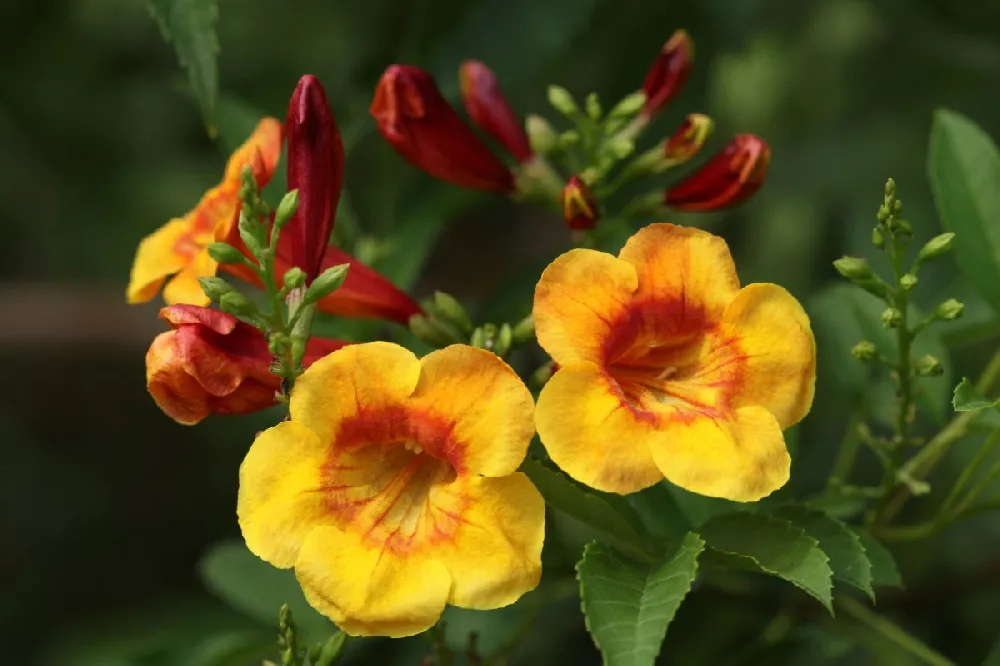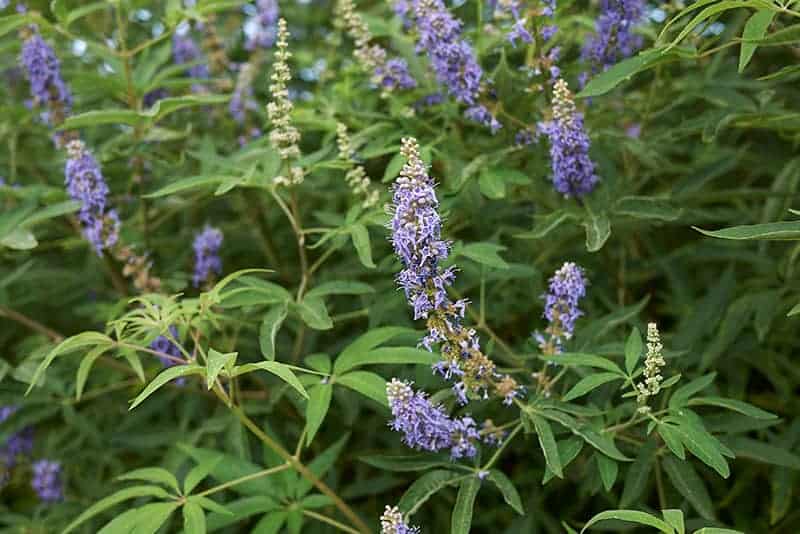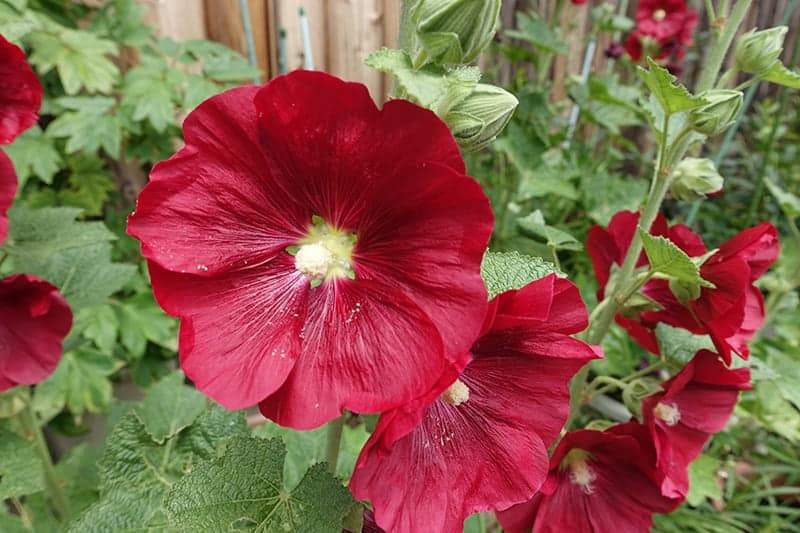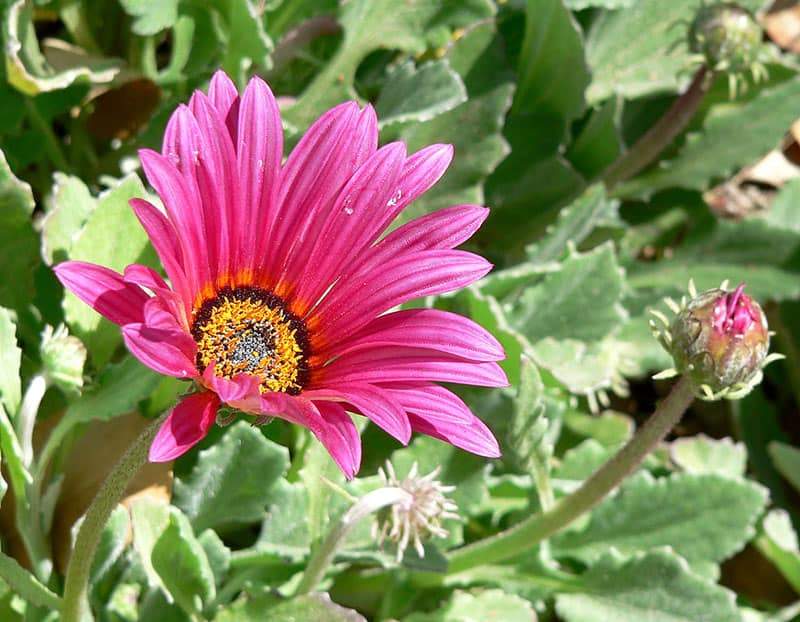- Home >
- Plants and Trees with Yellow Flowers
Plants and Trees with Yellow Flowers for Sale
Filters
Price Range
Growing Zones
Plant Type
Sunlight
Mature Height
Plant Characteristics
41 Results
-
Growing Zone(s): 8-11$81.95
$134.95Save up to 39% -
Growing Zone(s): 4-9$159.95
-
Growing Zone(s): 7-10$36.95
$52.95Save up to 30% -
Growing Zone(s): 9-11$144.95
$179.95Save up to 19% -
Growing Zone(s): 4-9$39.95
-
Best SellerGrowing Zone(s): 4-9$24.95
$49.95Save up to 50% -
Growing Zone(s): 4-10$34.95
$76.95Save up to 54% -
Growing Zone(s): 5-10$67.95
$79.95Save up to 15% -
Growing Zone(s): 3-8$41.95
$56.95Save up to 26% -
Growing Zone(s): 3-11 / 10-11$52.95
$98.95Save up to 46% -
Growing Zone(s): 4-9$124.95
$189.95Save up to 34% -
Growing Zone(s): 4-11 / 9-11$88.95
$139.95Save up to 36%
Plants and Trees with Yellow Flowers – Buying & Growing Guide
Imagine your landscaping made suddenly grander with a burst of yellow in spring or summer. Trees with yellow flowers can add color and texture to your garden with multi-season interest. Explore our favorite trees with yellow flowers to find the one best for your home.
Types of Trees With Yellow Flowers
| Type | Growing Zones | Mature Height | Sun | Features |
| Tulip Poplar, Liriodendron tulipifera | 4-9 | 60-80 feet | Full sun: 6 or more hours of direct light a day | Deciduous tree with pyramid shape; yellow-orange 3 inch flowers; deer resistant |
| Yellow Trumpet Tree, Tabebuia caraiba | 4-11 (patio); 10-11 (outdoors) | 15-25 feet | Full sun: 6 or more hours of direct light a day | Bright yellow blooms in spring; attractive to pollinators; semi-evergreen |
| Golden Raintree, Koelreuteria paniculata | 5-9 | 30-40 feet | Full sun: 6 or more hours of direct light a day | A cluster of yellow flowers in midsummer followed by lantern-like seed capsules |
| Sunny Knock Out® Rose Tree, Rosa ‘Radsunny’ | 5-10 | 3-4 feet | Full to partial sun: at least 4 hours of direct light a day | Abundant clusters of fragrant yellow 3 inch flowers; disease resistant; easy to grow |
| Ylang Ylang Tree, Cananga odorata | 4-8 (patio), 9-11 (outdoors) | 40-60 feet | Full to partial sun: at least 4 hours of direct light a day | Vivid, fragrant yellow flowers; blooms all year; low-maintenance |
| Cassia Tree, Cassia surattensis | 9-11 | 10-12 feet | Full sun: 6 or more hours of direct light a day | Bright yellow flowers in spring and fall; pollinator magnet; salt tolerant |
| Magnolia ‘Butterflies’ Tree, M. acuminata x M. denudata | 4-9 | 15-20 feet | Full to partial sun: at least 4 hours of direct light a day | Vibrant canary-yellow flowers in spring; deciduous, pyramid-shaped tree or shrub |
| Julia Child Rose Tree, Rosa floribunda ‘Julia Child’ | 4-9 | 3-6 feet | Full to partial sun: at least 4 hours of direct light a day | Fragrant floribunda double blooms, 4 inches across; disease resistant; good container plant |
| Virginian Witch Hazel, Hamamelis virginiana | 3-8 | 15-20 feet | Full to partial sun: at least 4 hours of direct light a day | Deciduous tree or shrub; fragrant yellow flowers in fall; low maintenance |
| Palo Brea, Parkinsonia praecox | 9-11 | 20-25 feet | Full sun: 6 or more hours of direct light a day | Year-round interest with brilliant yellow flowers in spring; long-lived, drought-resistant |
How to Plant and Care for Yellow Flowering Trees
Directions for planting and caring for your yellow flowering tree may vary depending on which tree you choose. In general, prepare your nursery-grown sapling by unpotting it and teasing out any roots encircling the root ball, as they can girdle and kill the tree slowly.
Choose a spot for your tree where the soil drains well and gets the correct amount of sun for its species. Dig a hole that’s a little deeper than the root ball and twice as wide. Throw a few handfuls of well-rotted manure or compost in the bottom of the hole, and place the sapling in so that it is at the same level as it was in its pot. Fill in around it with fertile soil, tamping down as you go. Water thoroughly when done.
Your newly planted tree will benefit from regular watering every day or so for the first few weeks after it’s planted. Once you see new growth, you can scale back. For most trees, except the drought-resistant Palo Brea, you want to give them about an inch of supplemental watering if they are not getting that much from rain.
Most trees benefit from the application of a balanced, slow-release fertilizer in spring and early summer. Do not fertilize after mid-July, your tree is starting to prepare for winter and isn’t growing as much. Prune your tree to remove broken and diseased branches or any that are crossing and rubbing against each other.


